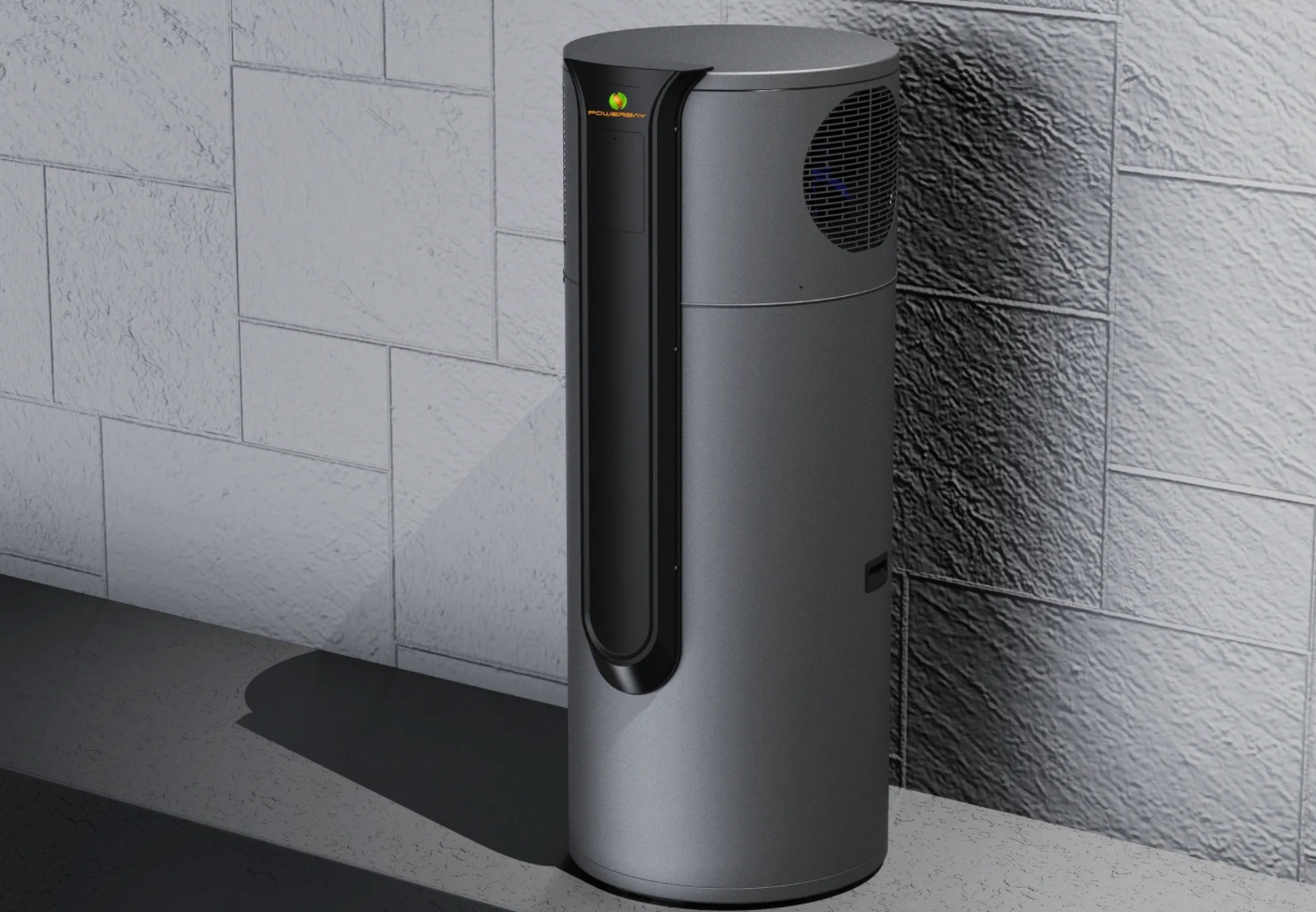What Happens to Solar Panels at the End of Their Life?
As we’ve previously discussed, solar energy is one of the most sustainable and environmentally friendly power sources available today, but what happens to solar panels when they reach the end of their life? While solar panels are built to last—often for 25 to 30 years or more—they don't last forever. When a solar panel’s efficiency starts to decline, it may need to be replaced, which raises the question of disposal or recycling. Fortunately, the vast majority of solar panel components are recyclable, and the process of reusing these materials is becoming more efficient over time, making solar energy an eco-friendly solution from start to finish. And what's more? Your solar panel provider will help you with the process of recycling and replacing your solar panels.
To understand what happens to a solar panel at the end of its life, it's important to first know what it's made of. A typical solar panel consists of several key materials: silicon cells (which convert sunlight into electricity), a layer of tempered glass to protect the cells, an aluminium frame for support, plastics and polymers to weatherproof the panel, and small amounts of metals like copper and silver used in electrical connections. Around 90-95% of these materials can be recycled, which makes the end-of-life process for solar panels a relatively sustainable one. Once a panel reaches the end of its lifespan, the first step in the recycling process is dismantling. The aluminium frame, wiring, and other detachable parts are removed and sent for metal recycling. The rest of the panel—mostly glass and silicon—undergoes further separation. The glass, which makes up a large portion of the panel, is easy to recycle, with about 95% being repurposed into new products like new panels or fibreglass. The silicon cells, although more complicated to process, are also recyclable. These cells are broken down, and cleaned, and the silicon is extracted for reuse in either new solar panels or other electronic devices. Metals like copper and silver are also recovered, providing valuable materials for new solar technologies.
Though most materials are recyclable, there are still challenges in the process. Currently, recycling solar panels can be more expensive than simply sending them to landfills, especially in regions where regulations on solar disposal are lax. This makes it difficult to incentivise proper recycling practices. However, as technology improves and more panels reach the end of their life, recycling costs are expected to decrease. Another challenge lies in the plastic and polymer components of solar panels. While the metals, glass, and silicon are easily recyclable, plastics are more difficult to manage.
These materials are often incinerated or sent to waste-to-energy facilities, but researchers are working to find better solutions for repurposing these plastics in more eco-friendly ways. Despite these challenges, the solar industry is taking significant steps to improve the sustainability of the entire solar panel life cycle. Advances in recycling technology are making it easier to recover more materials at lower costs, and some regions are introducing laws that hold manufacturers responsible for the recycling and disposal of their products. This "extended producer responsibility" model encourages companies to design panels that are easier to dismantle and recycle, reducing the environmental impact of solar energy even further.
The future of solar panel recycling is promising, and the industry is moving toward a circular economy model. In this system, old solar panels are recycled to create new ones, reducing the need for raw materials and further lowering the carbon footprint of solar technology. By increasing the efficiency of recycling processes and encouraging innovation, the solar industry is ensuring that renewable energy remains one of the most sustainable choices available. Even with the challenges of recycling, solar energy remains one of the greenest options for generating electricity. Solar panels have long lifespans, often lasting 25 to 30 years or more. Over their lifetime, they significantly reduce reliance on fossil fuels and help cut down on greenhouse gas emissions. Moreover, the materials used in solar panels are largely recyclable, and the industry is continuously improving its recycling methods. When compared to traditional energy sources like coal or natural gas, the overall environmental impact of solar panels—both during their use and after they reach the end of their life—is substantially lower.
While solar panels do eventually need to be replaced, their environmental benefits extend beyond their years of generating clean energy. The vast majority of the materials in a solar panel can be recycled and reused, and ongoing improvements in recycling technology are making this process more efficient and cost-effective. As we’ve talked about in previous blogs, by choosing solar energy, you are not only reducing your carbon footprint during the system’s operational life but also contributing to a sustainable future where materials are repurposed for the next generation of renewable energy. Solar power truly is an eco-friendly solution from start to finish, making it one of the best investments for a greener tomorrow.
Disclaimer: The information provided in this blog post is for general purposes only. While we strive to ensure the accuracy and reliability of the content, we make no representations or warranties of any kind, express or implied, about the completeness, accuracy, reliability, suitability, or availability of the information contained herein. Any reliance you place on such information is strictly at your own risk. We will not be liable for any loss or damage arising from the use of, or reliance on, the information presented in this blog post. It is always recommended to seek professional advice or conduct further research for specific situations or concerns. The inclusion of any links to external websites does not necessarily imply endorsement or support for the views expressed within them.


